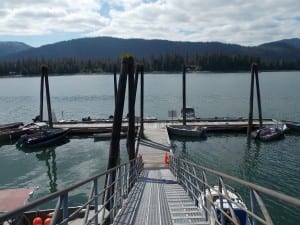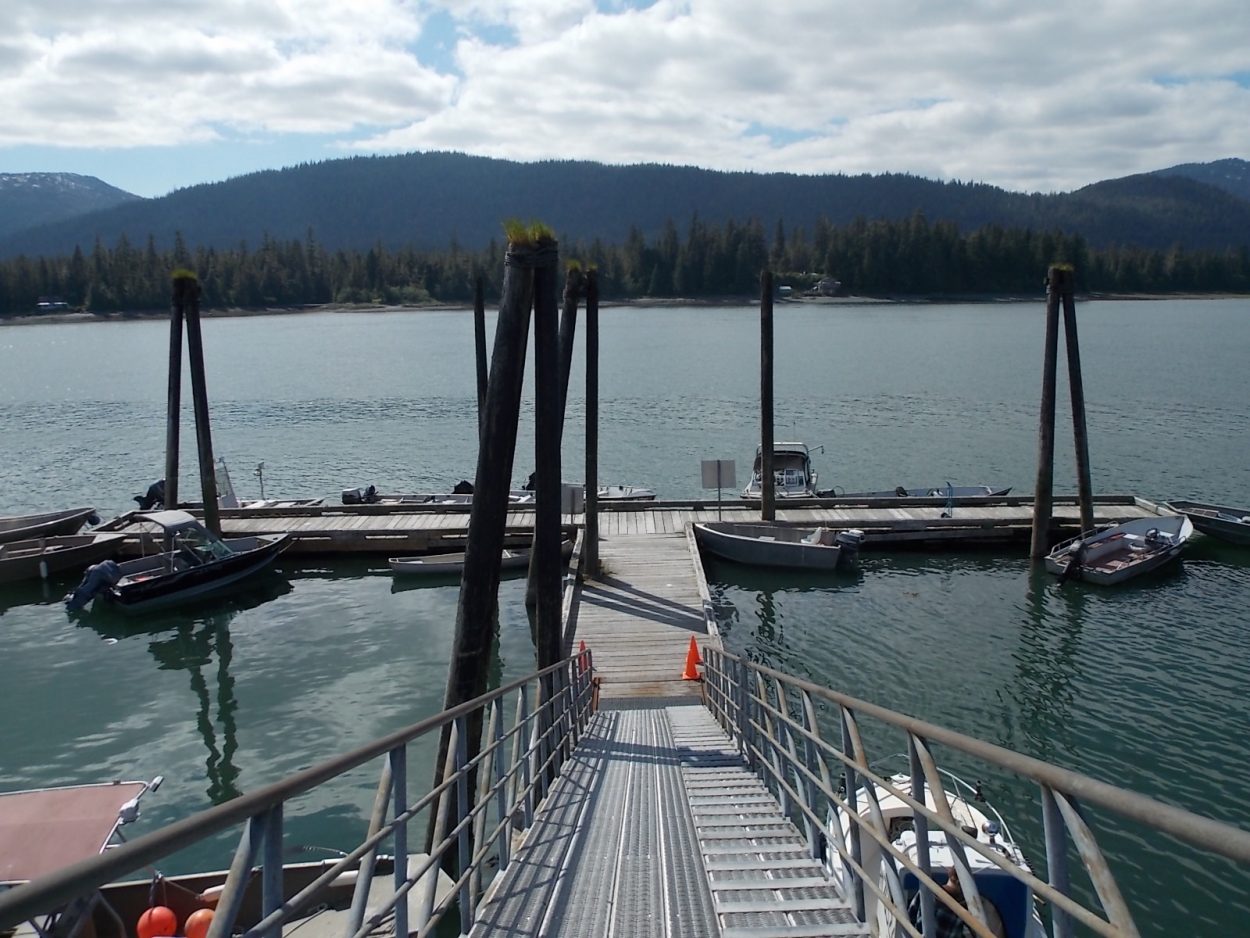Should subdivision layout rules be extended throughout the entire Petersburg borough? Should the local municipality invest time and money in certain remote boat ramps and docks? Those are some of the issues raised this year by two long-term planning documents. Those documents are in draft form now and undergoing revisions. The deadline to get comments in on those drafts is Wednesday.
The borough has hired consulting company Agnew Beck to write a revision of the local municipality’s comprehensive plan as well as a new master plan for the waterfront in the borough.
“That’s designed to I guess address the fact of the new expanded area and I think secondly to respond to maybe the new fiscal realities confronting the state,” Agnew Beck’s Chris Beck told the borough assembly this month. “I think those are kind of the themes that come out of the process to date,” he said. “It’s hard to miss this 3.5 billion dollar deficit that keeps coming up in front of us.”
A comprehensive plan typically looks at land use, zoning and housing issues, adequacy of public facilties and other long term trends in a community. Petersburg last updated its comprehensive plan in 2000, when the local municipality was a city with much smaller boundaries. That effort also did not address long term needs and issues in the harbors and along the waterfront. Beck summed up the three major subjects that have garnered attention during this planning process. “One is the whole issue of land use and extending land use authority outside of service area one,” he said. “A second one is the waterfront plan, a key piece to the project because it is a comprehensive plan and a waterfront plan. And the third is maybe I think a broader request for just better communication particularly between the decision makers at the borough and the people outside of service area one who are just kind of adapting to this new world.”
Service area one is the area inside Petersburg’s old city limits, where the majority of borough residents live. The plan is proposing to extend subdivision authority outside that area into the greater borough. That would mean standards for things like lot size, roads and other layout rules for dividing up land where there are no rules currently.
Another proposal is to have the borough provide help for private land owners trying to obtain permits with the U.S. Army Corps of engineers for developing on tidelands or wetlands.The plan is also proposing a generalized land use map for the entire borough, outlining how land is used in various parts of the area. That could set the stage for a conditional use permit process for larger development projects proposed around the borough. “And I think there’s still people who are going to probably come before you and say it’s wrong, premature, this is the camel’s nose underneath the tent,” Beck acknowledged. “And eventually people are going to be telling us what color to paint our doors and I appreciate that. It’s Alaska, people live here, I live here, cause I don’t want somebody telling me what color my door should be. But at the same time we quietly heard people saying it would be nice, I just put in this nice house, if the person next to me didn’t do things that reduce the value of my property or made my life unpleasant.”
Ultimately it could be up to the borough assembly to approve any final comprehensive plan and pursue these recommendations. Assembly member Bob Lynn has maintained that remote residents were promised that zoning authority would not be extended outside of the old city limits. “One of the things I’m hearing out there is you got 3000 people sitting here and you got 100 people sitting out there and you got a steamroller rolling over all those people. And I’m hearing that consistently from folks outside,” Lynn said.
Lynn thought any extension of planning and zoning authority outside service area one should be up to a public vote of only those residents in that area, not the entire borough. The assembly also discussed the possibility of more remote residents forming a second service area.
“You’ve got Mitkof Island service area, or outside of service area one, then either mainland and or Kupreanof, etc and I think there’s some very distinct land use differences in each one of those, whether it’s someone in Keene Channel, Duncan Canal as opposed to Point Aggasiz, etc.” said Jeigh Stanton Gregor, adding, “There’s some really unique differences to each of those as compared to lets say Papke’s Landing.”

The state-owned float at Papke’s Landing 10 miles south of Petersburg is a potential site for maintenance and repairs if the Petersburg borough ever takes over the well-used dock.
Some of those remote parts of the new borough could be future sites of harbor, dock or boat ramp improvements. The consultants heard from local residents they needed to do more in the draft waterfront master plan to discuss those areas and how much they’re used. Agnew Beck’s Chris Beck acknowledged the waterfront plan needed more work. “And the main areas where improvements are needed would be to bring up the other non-harbor based facilities, Banana Point, Papkes, Agassiz, across the bay, across the inlet here. And at least identify that those are important and oftentimes use is growing and right now there are no mechanisms to manage that.”
The waterfront plan also looks at the existing harbors in Petersburg, their revenues and expenses, and capital project needs. Among the recommendations there are an 11 percent across the board increase to harbor rates, along with annual increases to capture revenue for replacing or repairing docks and floats.
The consultant hopes to have revised drafts out sometime in October for further review.
Wednesday, September 30th is the deadline for comments on the two draft plans. The email address for comments is petersburgplans@gmail.com










